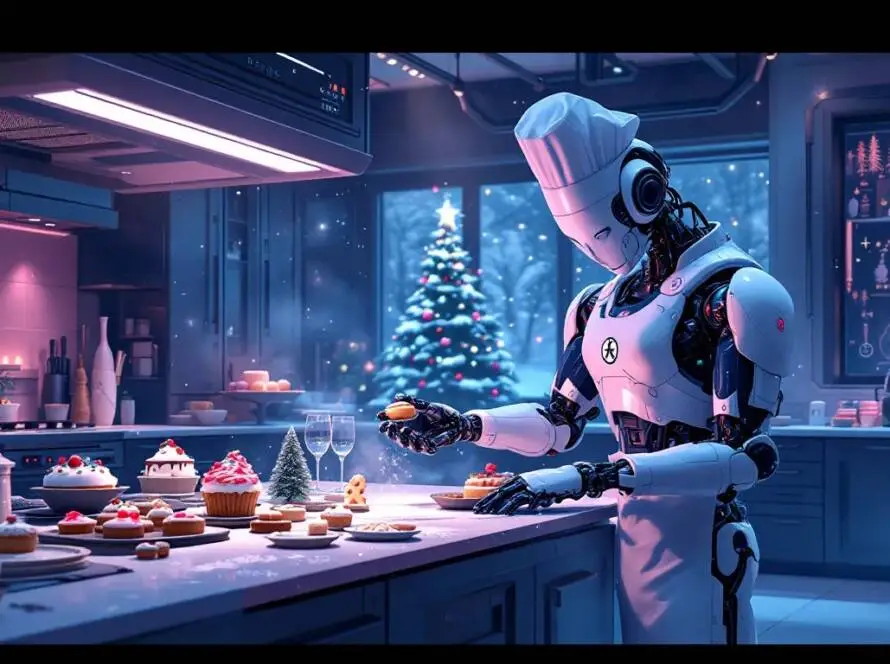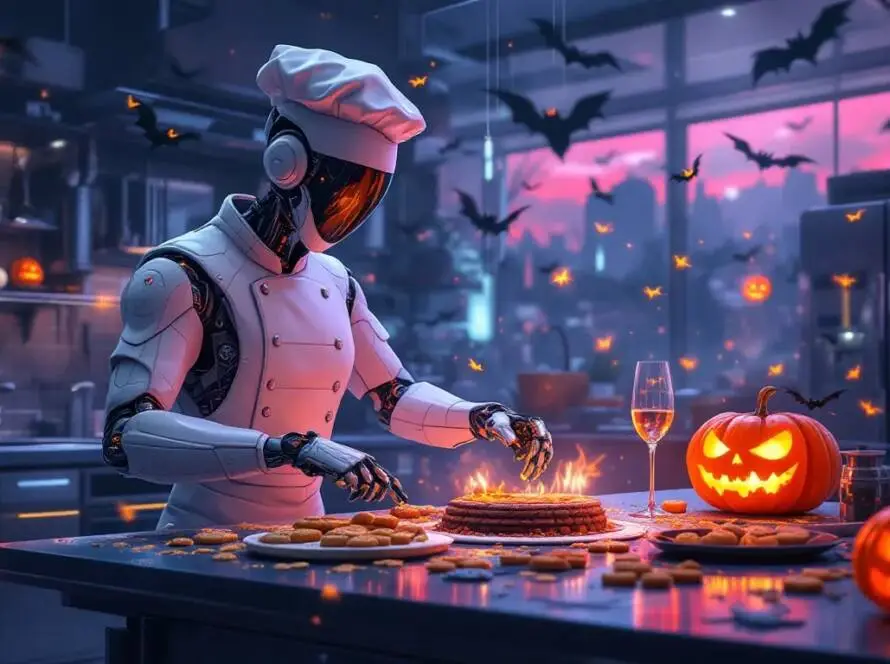Creating a haunted house can be an exciting and immersive experience for Halloween enthusiasts. Here are some expanded ideas to help you design a spooky and memorable haunted house:
1. Theme Selection
- Classic Haunted Mansion: Decorate with cobwebs, old portraits, and antique furniture. Use dim lighting and eerie sound effects to create a haunted atmosphere.
- Zombie Apocalypse: Set up scenes that depict a post-apocalyptic world overrun by zombies. Use props like broken furniture, fake blood, and zombie figures.
- Witch’s Lair: Create a witch-themed haunted house with cauldrons, spell books, and potion bottles. Incorporate elements like broomsticks and black cats.
- Ghost Town: Design a haunted town with different “buildings” representing various spooky locations, such as a graveyard, a creepy diner, and a haunted school.
2. Layout and Design
- Pathways: Create winding pathways that lead guests through different rooms or areas. Use curtains or walls to create a maze-like effect.
- Room Themes: Each room can have a different theme or scary element, such as a graveyard, a mad scientist’s lab, or a haunted nursery.
- Lighting: Use low lighting, strobe lights, and colored bulbs to create an eerie ambiance. Consider using black lights to make sure decorations glow.
- Sound Effects: Incorporate spooky soundtracks, ghostly whispers, creaking doors, and other sound effects to enhance the atmosphere.
3. Decorations
- Props: Use a mix of store-bought and DIY props, such as skeletons, tombstones, and animatronic figures. Create your props, like hanging ghosts made from sheets or spooky silhouettes.
- Cobwebs: Use cotton or synthetic spider webs to create a creepy effect in corners and around props.
- Fog Machines: Add fog machines to create a mysterious and spooky environment. Fog can obscure visibility and enhance the overall experience.
- Lighting Effects: Use flickering lights, colored gels, and lanterns to create shadows and enhance the haunted feel.
4. Scare Tactics
- Jump Scares: Position actors or animatronics in unexpected places to startle guests. Use sound effects to build tension before the scare.
- Hidden Actors: Have actors dressed as ghosts or monsters hide in dark corners or behind props to surprise guests as they pass by.
- Interactive Elements: Incorporate interactive elements, such as creak-open doors, hidden passages, or puzzles that guests must solve to proceed.
5. Costumes
- Character Roles: Assign roles to friends or family members, such as ghosts, zombies, witches, or mad scientists. Each character can have a backstory to enhance the experience.
- Costume Ideas: Encourage actors to wear costumes that fit the theme. Use makeup and props to create realistic looks, such as fake blood, scars, or ghostly appearances.
6. Safety Considerations
- Clear Pathways: Ensure that pathways are clear of obstacles to prevent tripping. Use non-slip materials for flooring if necessary.
- Emergency Exits: Mark emergency exits and ensure they are easily accessible.
- Age Appropriateness: Tailor the level of scares to the audience. Consider having a “light” version for younger children and a more intense version for older guests.
7. Additional Features
- Photo Opportunities: Set up themed photo booths or areas where guests can take pictures with props or backdrops.
- Refreshments: At the end of the haunted house experience, offer Halloween-themed snacks and drinks, such as “witches’ brew” punch or spooky cupcakes.
- Feedback and Improvement: After the event, gather feedback from guests to see what they enjoyed and what could be improved for next time.
By incorporating these ideas, you can create a haunted house that provides a thrilling and memorable experience for all who dare to enter!
Disclaimer:
The information provided in this blog is for informational purposes only and should not be considered professional advice. While we strive to provide accurate and up-to-date information, we make no guarantees about the completeness or reliability of the content. Any actions you take based on the information in this blog are at your own risk. Additionally, this blog may contain affiliate links, and we may earn a commission from purchases made through those links.


